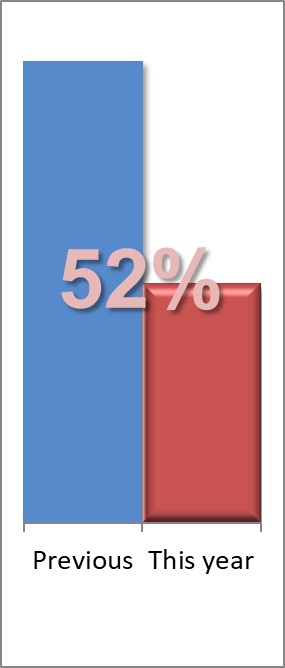Clarifying gun policy requires people working from consistent and credible data. Below are the most common sources for criminology, health and other databases used by policy researchers.
Crime statistics
United States
FBI Uniform Crime Statistics: https://cde.ucr.cjis.gov/
The FBI’s crime data collection is one of the longest running, national efforts going back into the 1940s. It is considered gold standard, but is not without quirks including incomplete agency reporting (which requires imputing some data points).
In the 2020s, the FBI began converting from Uniform Crime Reporting (UCR) to the National Incident-Based Reporting System (NIBRS). The transition was not smooth and data in the early conversion years (2021) is suspect due to large-scale local agency non-reporting. However, that was during the COVID pandemic and most crime data was wildly in flux and is often skipped in trend analysis.
NACJD: http://www.icpsr.umich.edu/NACJD/
The National Archive of Criminal Justice Data (NACJD) is a repository of crime data, including more accessible FBI UCR and NIBRS data. When the FBI introduced their Crime Data Explorer (CDE), they eliminated meaningful data exploration and thus NACJD has become a go-to source.
International
U.N. Office on Drugs and Crime: https://www.unodc.org/unodc/en/data-and-analysis/statistics/
The U.N. attempts to normalize definitions and statistics on types of crimes. As such, you will occationally see different crime rates reported by aa country and the U.N. for the same country.
Injury and Death
Center for Disease Control Injury Prevention & Control:
Mortality data: CDC Wide-ranging ONline Data for Epidemiologic Research (WONDER): https://wonder.cdc.gov/
Injury Data: Web-based Injury Statistics Query and Reporting System (WISQARS): https://www.cdc.gov/injury/wisqars/index.html
Street Gangs
National Gang Center: https://nationalgangcenter.ojp.gov/
Original source for demographic data on street gang membership and participation rates.
Gun ownership rates
International
Small Arms Survey: https://www.smallarmssurvey.org/
The SAS collects multiple estimates on per capital private gun ownership by country and aggregates these estimates. These include both registered weapons’ (for countries that have registration regimes) but also estimates on unregistered guns.

